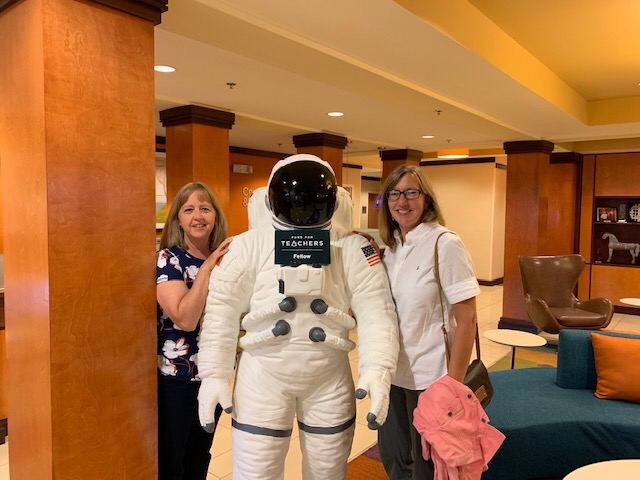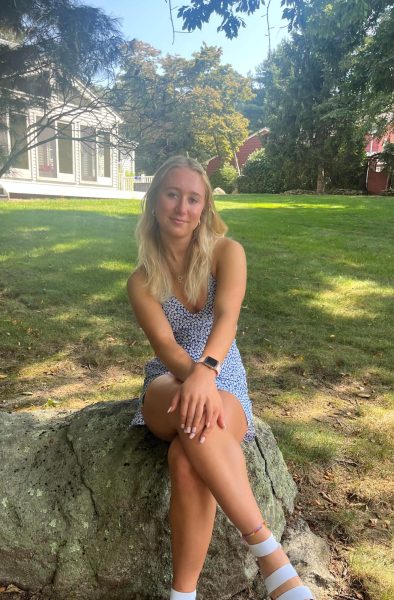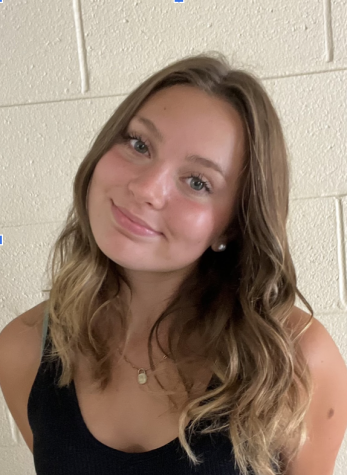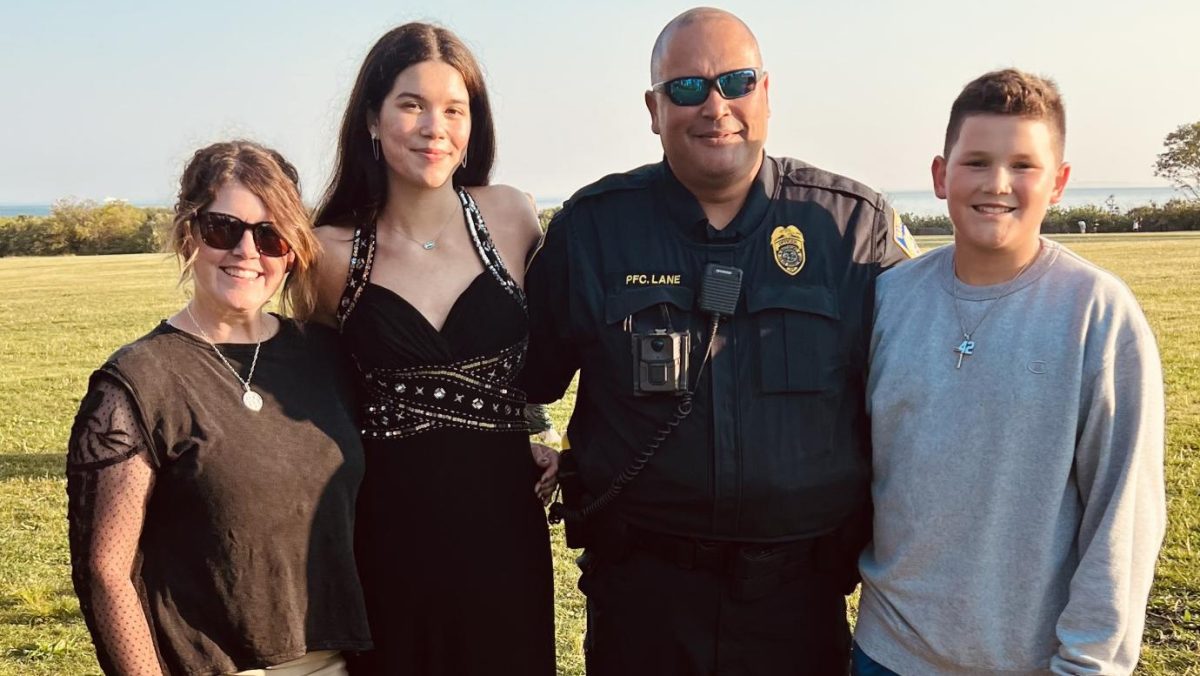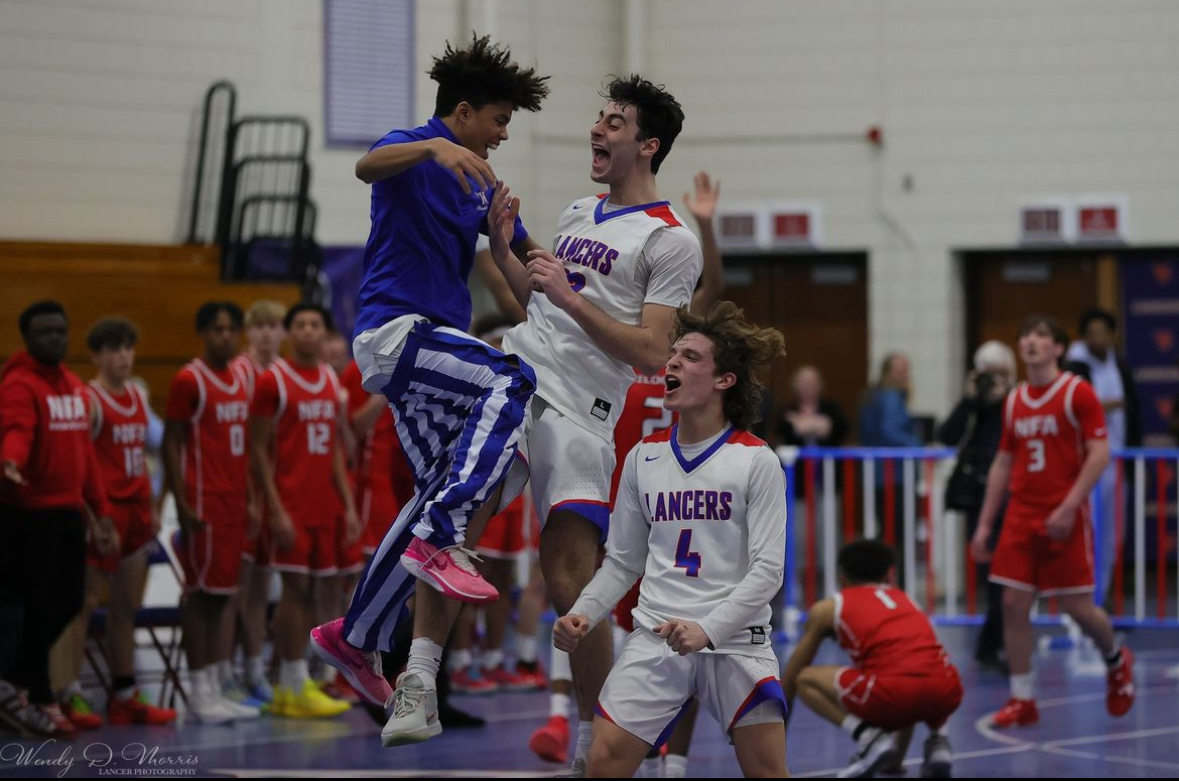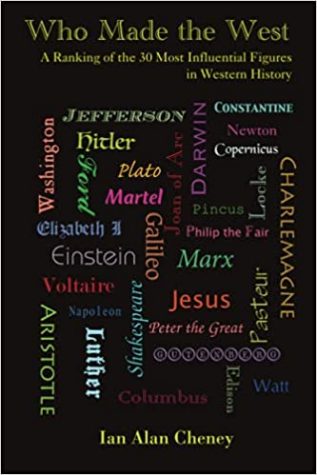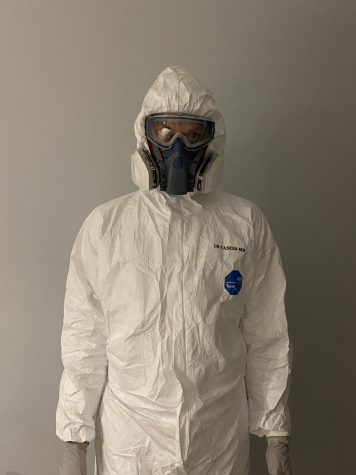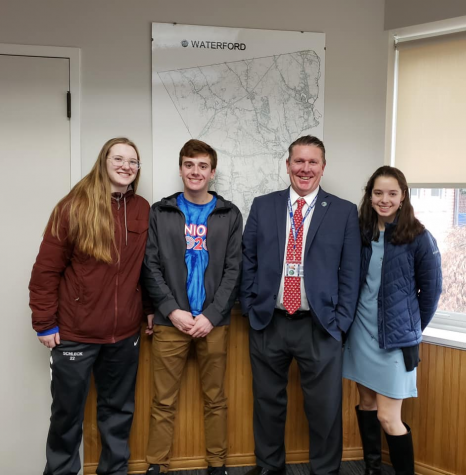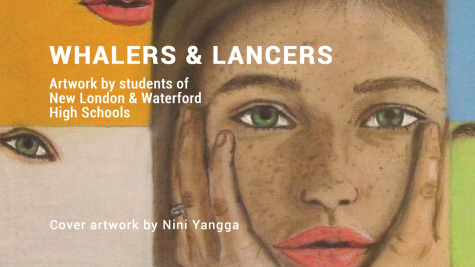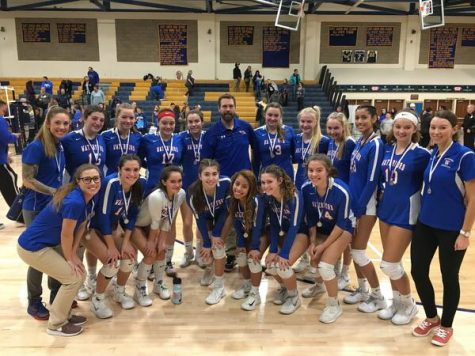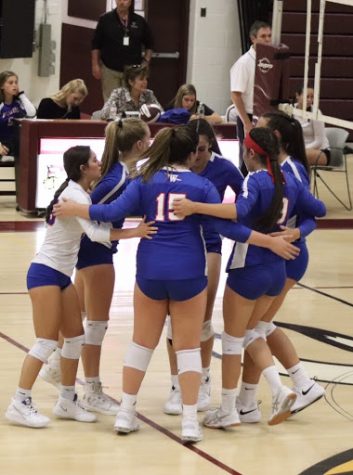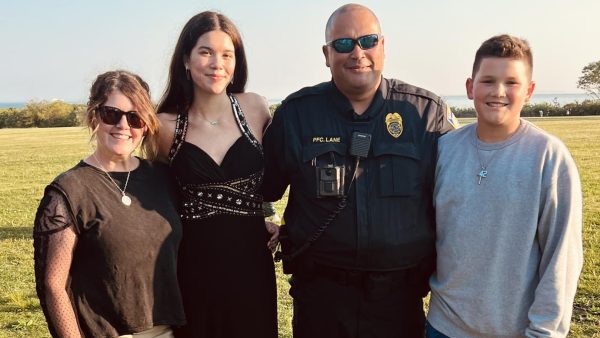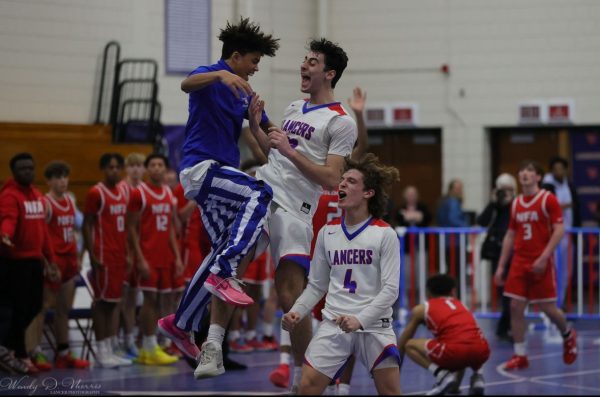Two Teachers Bring Space Travel to Waterford High School
September 30, 2019
This July, two Waterford High School teachers attended a three-day conference at NASA. After their trip, they have many ideas on how to incorporate STEM into their curriculum. Mrs. Rafferty and Ms. Stober received a grant last April from the Fund for Teacher to attend the Space Port Area Conference for Educators at the Kennedy Space Center.
After a brief pit stop at Disney, Mrs. Rafferty and Ms. Stober spent several days taking tours, participating in workshops, and learning about the Kennedy Space Center in Florida. One highlight of the trip was a behind the scenes tour of the Vehicle Assembly Building. This massive building is where NASA builds the spacecrafts they launch. “It was incredible to see it from the inside,” Ms Stober remarked, describing the memorial to the space shuttle Columbia.
Not only did they get a rare inside look at building spacecrafts but were also able to view a launch. They watched a SpaceX rocket carrying supplies to the International Space Station launch from the Kennedy Space Center. Ms. Stober also was able to take a private flight over the Kennedy Space Center and the surrounding area, describing it as “absolutely amazing.”
After three days of workshops, Mrs. Rafferty and Ms. Stober came back to Waterford energized and full of ideas. “I didn’t know this technology existed, was possible,” Mrs. Rafferty explained about the ideas she learned at NASA.
Ms. Stober can not immediately implement anything she learned into her lessons because the math department is trialing new curriculums. However, she did say that “there is an intrinsic value in allowing students to interact, exchange ideas, and work together that I will now make more of a priority than I have in the past.”
Mrs. Rafferty has taken what she learned and revamped her space unit. This summer, she submitted a proposal for eight iPads and four small, programmable robots. The iPads have many NASA apps, most of which are free and will allow students to have an immersive look at technology and NASA equipment. One app she showed me scans small, print-out pictures and pulls up an augmented reality image of each part of the planned Mars colony. The apps allow students to look at each piece of equipment and read about its function. The small, spherical robots connect to the iPads and can be programmed using block coding. Mrs. Rafferty says she will use these robots to simulate Mars rovers in a project where students have to design a Mars colony and then create a physical model.
Honors Integrated Science students will also have a moon rock in their classroom. While attending the conference, Mrs. Rafferty became certified to borrow samples of moon rocks and meteorites for her classroom. Mrs. Rafferty said the conference provided her with new ideas for her class and gave her access to many new resources that she can use in her class.


